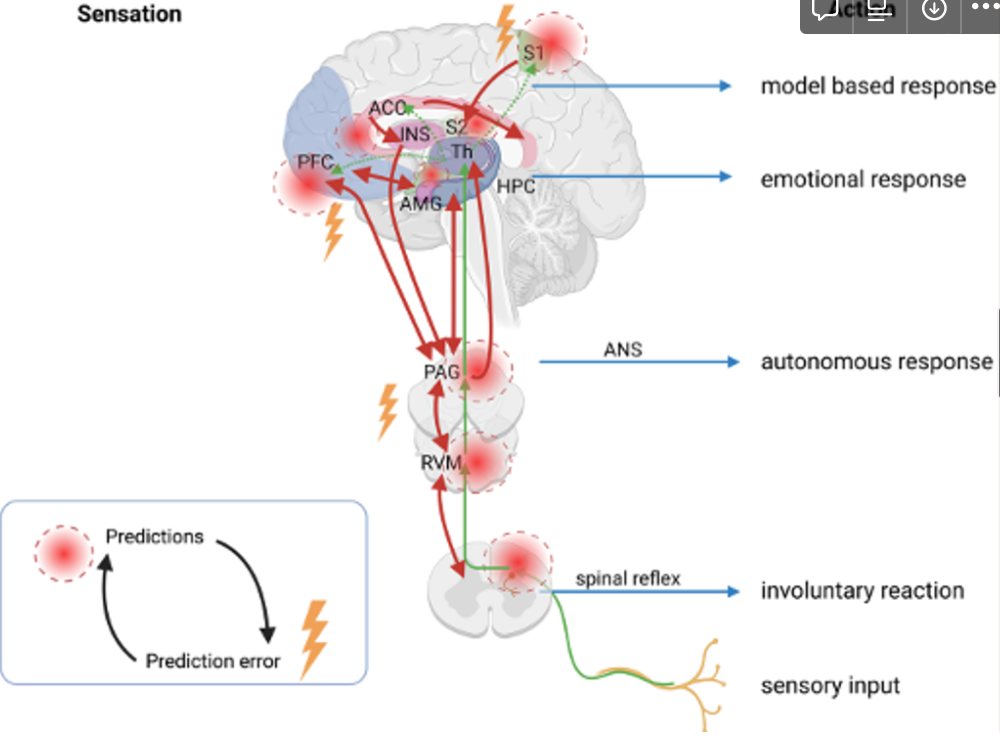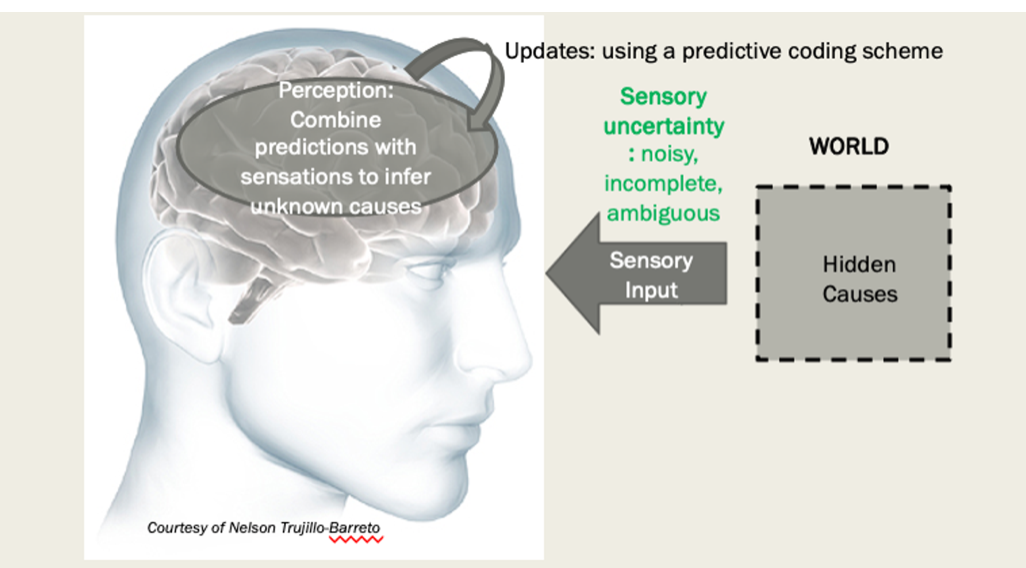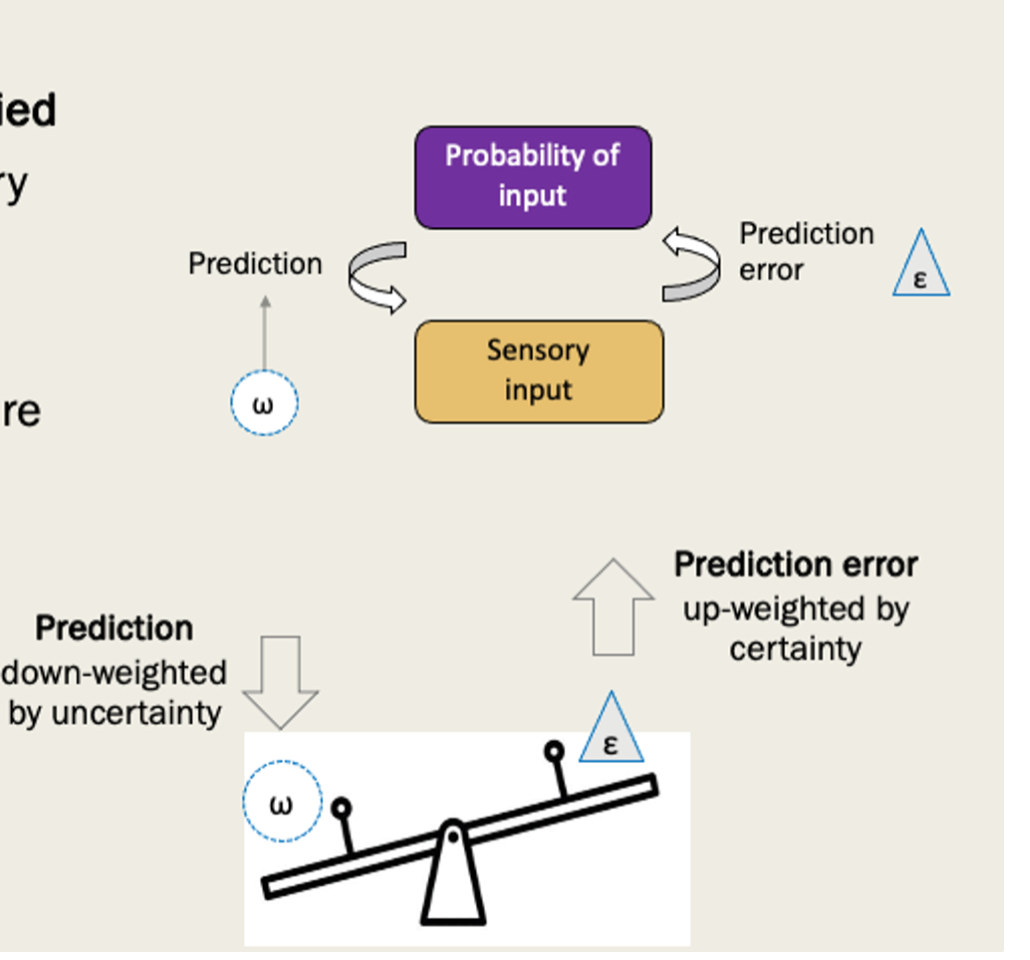psycho bio rf 1
1/19
Earn XP
Description and Tags
sensory adaptation as neural integration
Name | Mastery | Learn | Test | Matching | Spaced |
|---|
No study sessions yet.
20 Terms
three major purposes of neurons
sensation - gather and send info from senses such as touch
integration-interneurons to process all info gathered, allowing to take action
action-send appropriate signal to effectors
example of sensory adaptation
exposure to bright sunlight-pupils will constrict and photoreceptors will become less sensitive, protecting you from becoming overwhelmed
peripheral adaptations
reduces amount of info that reaches CNS
-level of receptor activity changes, receptor responds strongly at first but then gradually declines e.g. change in retina
central adaptations
at the subconscious level further changes the amount of detail that arrives at the cerebral cortex
along sensory pathways inside the CNS. Generally involves the inhibition of neurons (e.g.lateral inhibition) along a sensory pathway. E.g. spinal cord, brainstem,but also sensory cortex
why does central adaptation occur
sharpening/priming enhancing discrimination. Exposure to complex stim increase ability to discriminate features over time. despite decreased neural responses, via mem of prev stim
maintaining perceptual constancy-invariant percepts despite varying contexts e.g. colour constsancy-brain uses context decide on object colours
highlighting novelty-detecting + responding novel events crucial for survival in rapidly changing environment around us
efficient coding e.g. predictive coding, so neural resources are not wasted on expected properties of stimulus+ instead be devoted to signalling only to unexpected
predictive coding
as a compression tool (for efficiency)
linear predictive coding (lpc) used since 1950s for compression of audio speech patterns for efficient transmission at low bit rate
predictive coding as a general mechanism of perception
proposed by RAO and Ballard 199-efficiency is important for the brain to minimise energy expenditure (already 20% of body total)
accounts for some properties of extra classical receptive fields in the dorsal visual stream e.g. sharperning
how is the CNS bi-directional
predictive coding is a dominant theory of CNS sensory encoding
descending info codes for predictions about sensory inputs
ascending info codes for prediction errors. i.e the discrepancy between predictions and actual input
allows more efficient sensory encoding in the CNS
action are also related to predictions (preceding sensory input) and prediction errors (after sensory input)
the hierarchical principle of predictive coding applied to the pain pathway
At each level, predictions about the world are formed and sent to the level below (red arrows), where they are compared to the incoming information (green arrows). A prediction error is calculated and sent back to the level above, where the prior is updated according to the new information. Actions of varying voluntary control can arise at each level of the hierarchy, from primitive reflexes to reflected reactions

predictive coding-integration over time
-efficient because brain dont need respond by time of 3rd s1 stim as its well predicted
-basis of neuronal adaptation-when S2 happens, unexpectedly brain needs expend more energy to process that
-potentially, change from S1 to S2 predictable, brain learn that and minimise prediction error
-prediction can be probablistic
-function of PC scheme differ in each case; dom model for how cognition influences perception, feeback pathways convey predictions, feedforward pathway in brain convery prediction errors
predictions made by higher stages of neural processing conveyed via feedback connections to lower stages-subtracted from incoming signals

dealing with uncertainty-perception as stat interference

how does brain implement PC computationally
Brains must effectively deal with uncertainty to gen representations of world and guide actions.
causes of sensory inputs – causes are hidden from us, all we get is sensory info from those causes.
Sources of uncertainty: (a) senses are noisy, (b) we only observe incomplete portions of world at any time, (c) because of this the sensory information the brain receives is ambiguous – many possible states of the world could give rise to any one sensory input.
claims of bayesian brain hypothesis
brain is equipped with an internal (or “generative”) model of the environment, which specifies a “recipe” for generating sensory data (denoted by d) from hidden variables (denoted by h).
Secondly, hidden variables are drawn from a prior distribution, P(h).
Thirdly, these are combined to infer the hidden variables given the sensory data, as stipulated by Bayes’ rule.
CPRS
complex regional pain syndrome chronic pain condition that can occur following injury or trauma- mostlty affecting injury or trauma
characterised by disproportionate pain comp to typical pain trauma
diagnosis of exclusion, diagnosis often delayed
acute phase, likely to be associated with poor long-term outcomes
neuropsych markers in CRPS
increased 2 point discrimination threshold
digit indentification(from touch)
stereognosis
hand laterality visual recognition
hypothesis for CRPS
problems with spatio-temporal integration e.g. adaptation) contribute to pain in CRPS-how?
possibilities completing CRPS hypothesis
deficit in bottom up adaptation? would increase the overall response, e.g. to spatially repetitive stimuli over time
deficit in top down adaptation-e.g. learning of predictions? would increase responses to spatially rare stimuli over time
CRPS methods
fitted participants with digit ring electrodes – one pair on each finger, which delivered non-painful electrical stimulation.
the participant responded with a foot pedal release. We were interested in modelling the RT data. The main thing to take away from this is that there were changes in stimulus location, the changes were unpredictable, and the unpredictability (probability of change) randomly changed during the experiment.
predictive coding model
the brain tried to predicr sensory inputs, must therefore contain representations of input probabilities
larger mismatch responses are thought to be predicitions errors
greater uncertainty in predicition increases the certainty (precision)of predicition error
aimed to identify what computations the brain is making to produce these larger responses in patients with CRPS. We did this using a predictive coding framework.
theory of brain function to predict sensory inputs
To do that, the brain must contain representation of how likely it is that a stimulus will occur.
According to this theory, these larger brain responses we see when events are surprising are basically prediction errors, which is just the discrepancy between the prediction and the sensory input – that PE is then fed back to update predictions.
